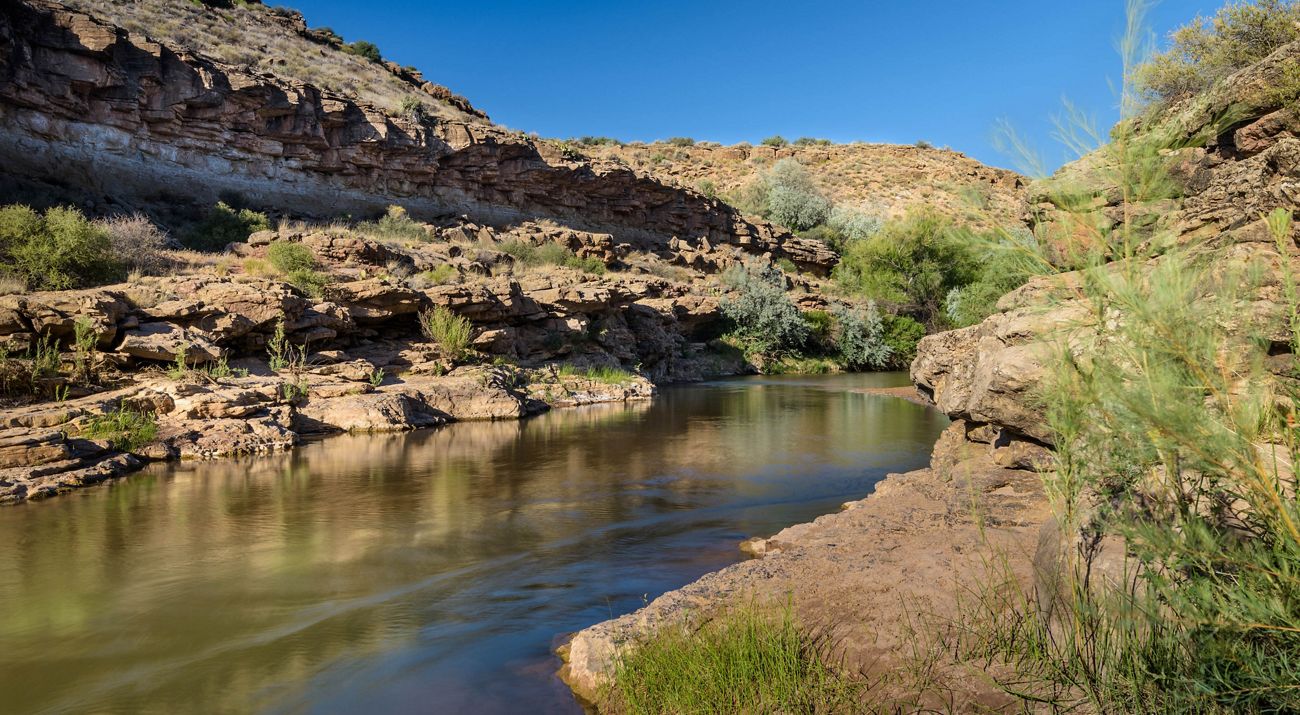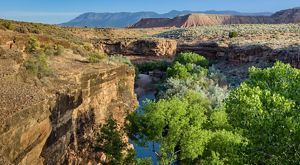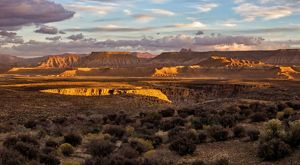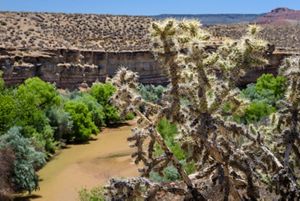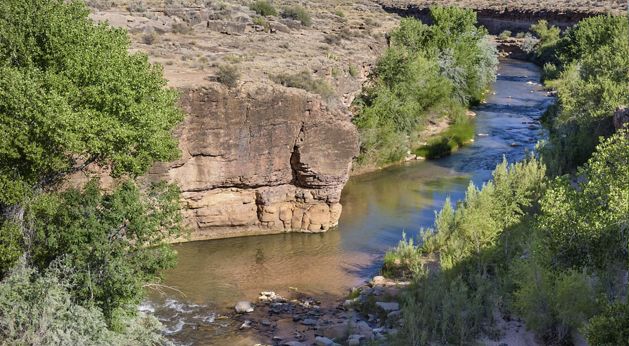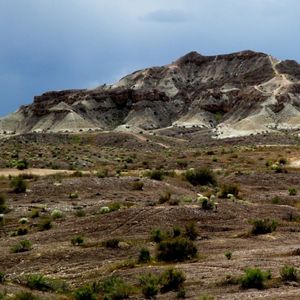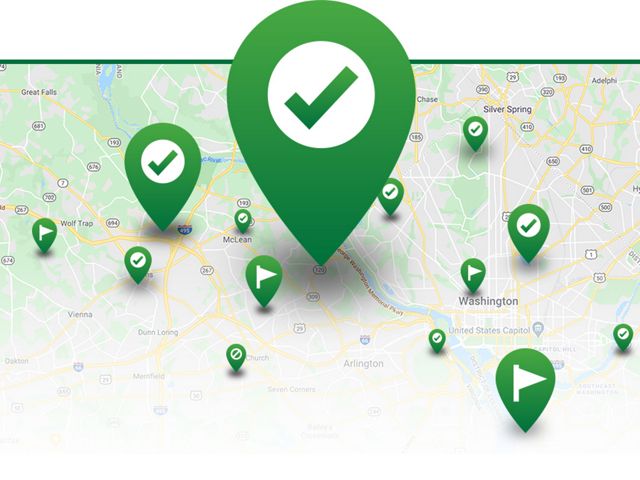Description
Bikers may not park or start their rides from The Nature Conservancy’s Sheep Bridge Nature Preserve parking lot.
Situated near the town of Virgin and the gateway to Zion National Park, this spectacular property supports two miles of lush Virgin River corridor, including critical habitat for neo-tropical birds like the endangered southwestern willow flycatcher, at-risk fish like the flannelmouth sucker and countless amphibians and reptiles. Visitors can explore flat, clearly marked nature trails winding above the river, which is lined with shady cottonwoods and willows. This preserve lies within one of the most pristine stretches of the Virgin River, a key tributary in the Colorado River system that faces increasing threats from development and climate change.
